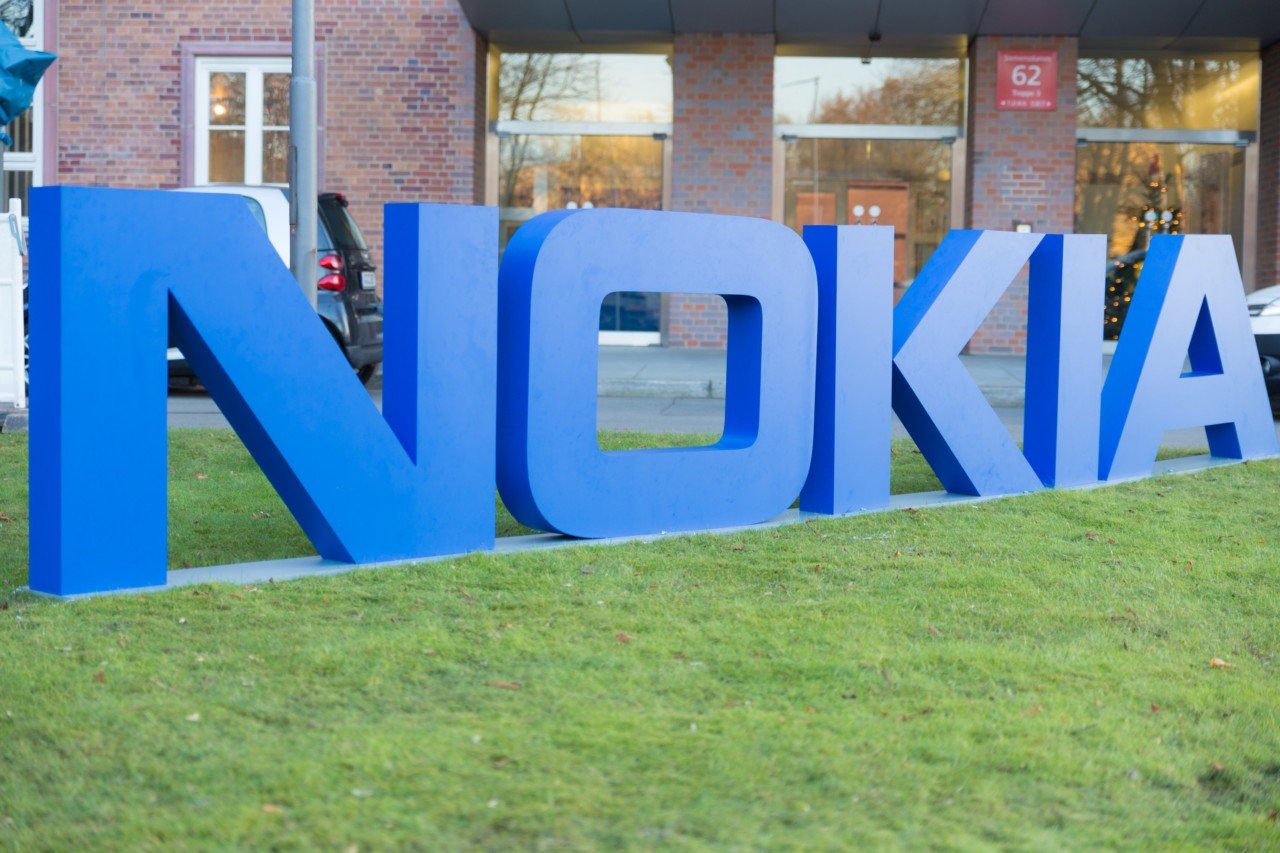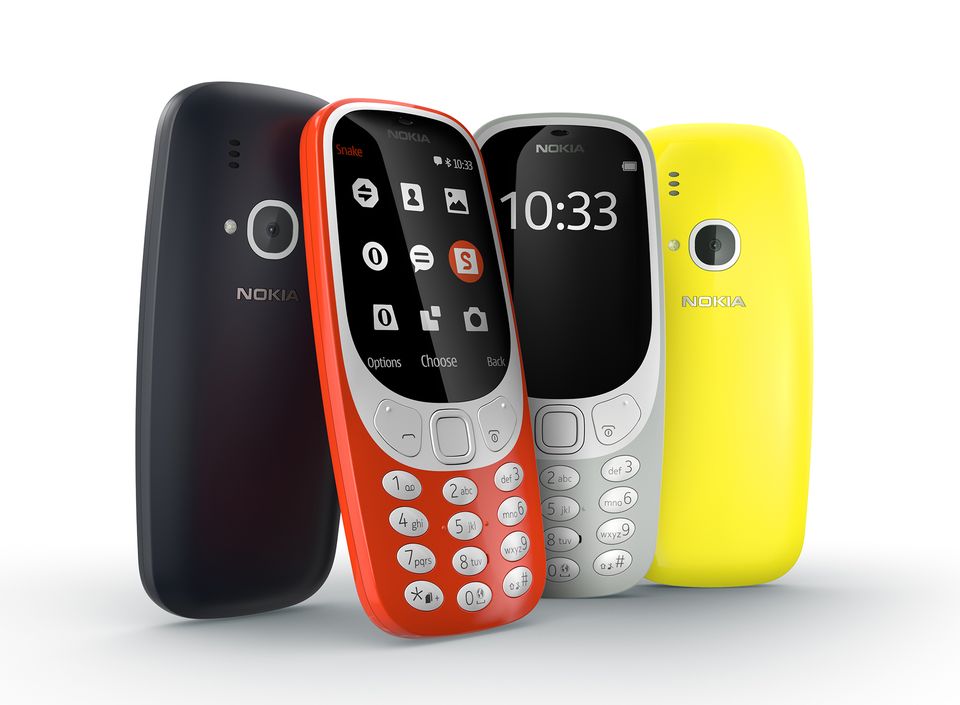The European Union has funded a wireless project called Hexa-X which is focusing on the next generation of mobile technology — 6G. Now, the Finnish company Nokia has been appointed to lead a group of companies and universities working on the project.
The project aims to create unique 6G use-cases and scenarios as well as develop fundamental 6G technologies. It will also define a new architecture for the integration of the key 6G enablers.

Apart from Nokia, the project also includes Ericsson, Atos, Intel, Orange, Siemens, TIM, and Telefonica. Ericsson is also acting as the technical manager for the project. The University of Oulu and the University of Pisa are also a part of this initiative.
It’s interesting to see countries kickstarting preparations for the 6G technology at a time when 5G is still in the early stages of going mainstream and is available in select regions only. As per the report, there are about 100 wireless carriers globally that offer 5G connectivity, that too in limited regions.
EDITOR’S PICK: LG is reportedly planning to outsource lower-end phone manufacturing to cut cost
Nokia says that it is expecting the 6G technology to launch commercially by 2030, which follows the typical 10-year cycle between the new generations of mobile technology. It is expected to use super high-frequency terahertz airwaves and deliver advanced connectivity and even support real-time holographic imaging.
The Hexa-X project is set to commence from 1st January 2021 and has a planned duration of 30 months. Apart from the European Union, countries like South Korea and China have also started working on 6G technology.
UP NEXT: Apple is developing a 32-core processor for Macs that may launch next year







